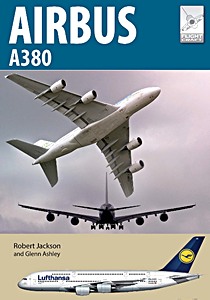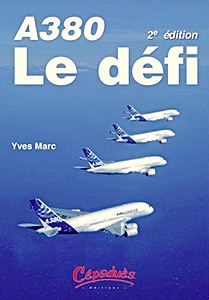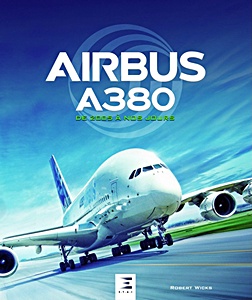Airbus A380 (Flight Craft)
On 27 April 2005, an aircraft lifted away from the runway of Toulouse-Blagnac Airport under the power of six massive Rolls-Royce Trent 900 turbofan engines. It carried a six-man crew, it was making its first flight, and it was making history. For this was the Airbus A380, the largest passenger aircraft in the world.
With air traffic continuing to double every 15 years, the A380 was designed to meet the needs of the passengers and airports, while also delivering the level of efficiency necessary to protect the environment for future generations. The design incorporated two full-length decks with wide-body dimensions, meaning its two passenger levels offered an entire deck's worth of additional space compared to the next largest twin-engine jetliner.
By mid-2019, fifteen airlines were operating 238 aircraft throughout the world, the original customer being Singapore Airlines, which launched its first A380 service in October 2007. Production of the A380 peaked at 30 aircraft per year in 2012 and 2014.
Then, in February 2019, the biggest customer, Emirates, announced that it was to reduce its latest order by 39 aircraft in favour of two other Airbus Models, the A350 and A330neo, a version using the same engines as the Boeing 787 Dreamliner. For Airbus, it was the last act.
The Company announced that production of the A380 would cease by 2021.
Product details
| Author: | Robert Jackson |
|---|---|
| Details: | 88 pages, 11.6 x 8.25 x 0.31 in (29.5 x 21 x 0.8 cm), paperback |
| Illustrations: | 200 b&w and color photos |
| Publisher: | Pen & Sword Books Ltd (GB, 2021) |
| Series: | Flight Craft (23) |
| ISBN: | 9781526774064 |

Airbus A380
Language: English
Available on Amazon - safe payment and fast delivery
Buy on Amazon.comBuy on Amazon UK
Buy on Amazon CA






